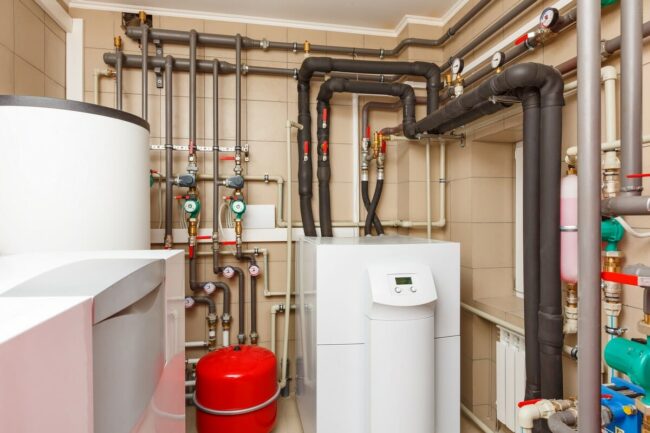Unlocking the Secrets: How Air Source Heat Pumps Work for Your Home
How Do Air Source Heat Pumps Work?
Air source heat pumps (ASHPs) are innovative heating and cooling systems that harness the ambient air’s thermal energy to regulate indoor temperatures. Operating on the principle of heat transfer, ASHPs extract heat from the outside air during the heating season and release it inside, and vice versa during the cooling season.
The key components of an ASHP include an evaporator, compressor, condenser, and expansion valve. The process begins with the evaporator absorbing heat from the outdoor air, turning the liquid refrigerant into a gas. The compressor then increases the pressure and temperature of the refrigerant, making it capable of releasing heat at a higher temperature. The hot, pressurized gas flows to the condenser, where it transfers heat to the indoor space. Finally, the expansion valve lowers the refrigerant pressure, preparing it for the next cycle.

During the colder months, ASHPs operate as heating systems by extracting heat from the outdoor air and transferring it indoors. This process is achieved through the refrigeration cycle, where the system’s components work together to absorb and release heat, even in low outdoor temperatures. ASHPs can effectively heat a home while consuming less electricity compared to traditional heating systems.
One significant advantage of ASHPs is their efficiency, as they can provide more energy output than the electricity input required to run them. This efficiency is particularly noteworthy in moderate climates, where the temperature variations are within the optimal range for ASHP operation.
Furthermore, ASHPs contribute to environmental sustainability by reducing greenhouse gas emissions compared to traditional heating systems. Since they don’t rely on fossil fuels, ASHPs help decrease the carbon footprint associated with home heating and cooling.
In conclusion, understanding how air source heat pumps work sheds light on their energy-efficient and eco-friendly nature, making them a compelling choice for homeowners seeking sustainable heating and cooling solutions.